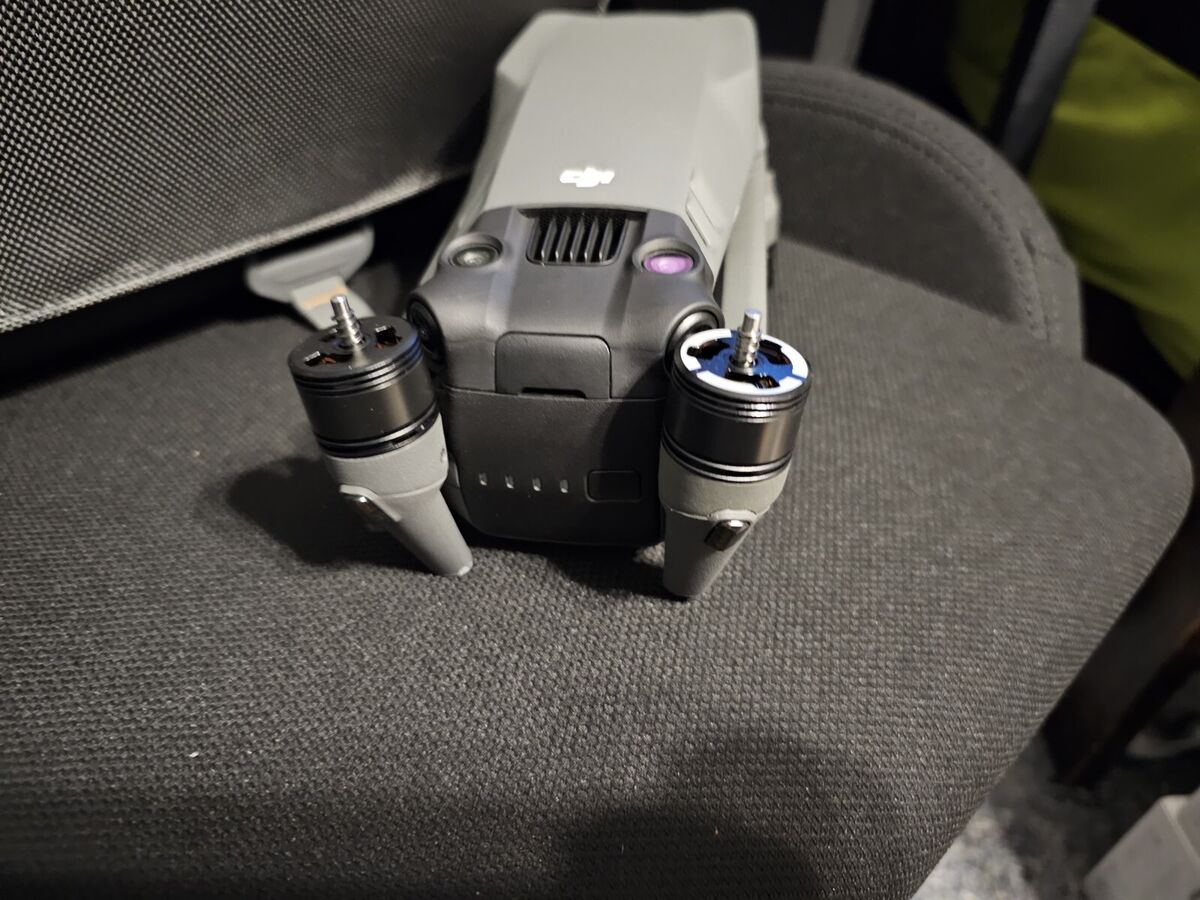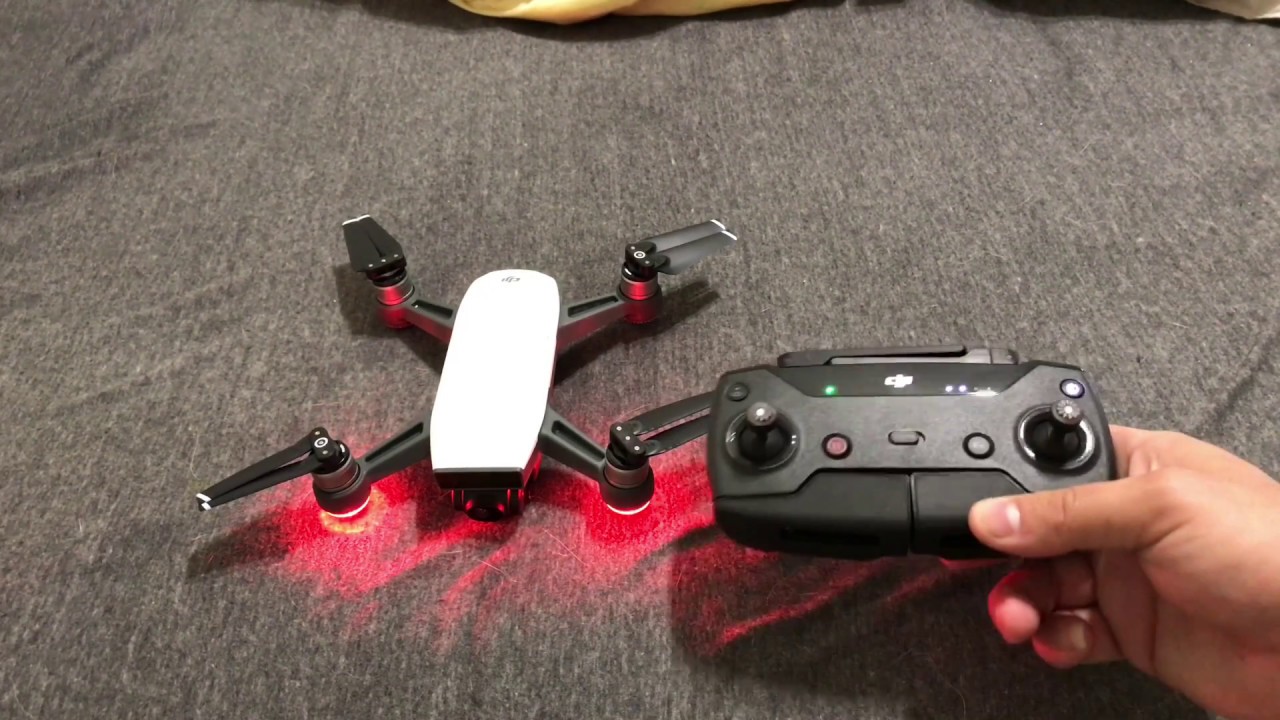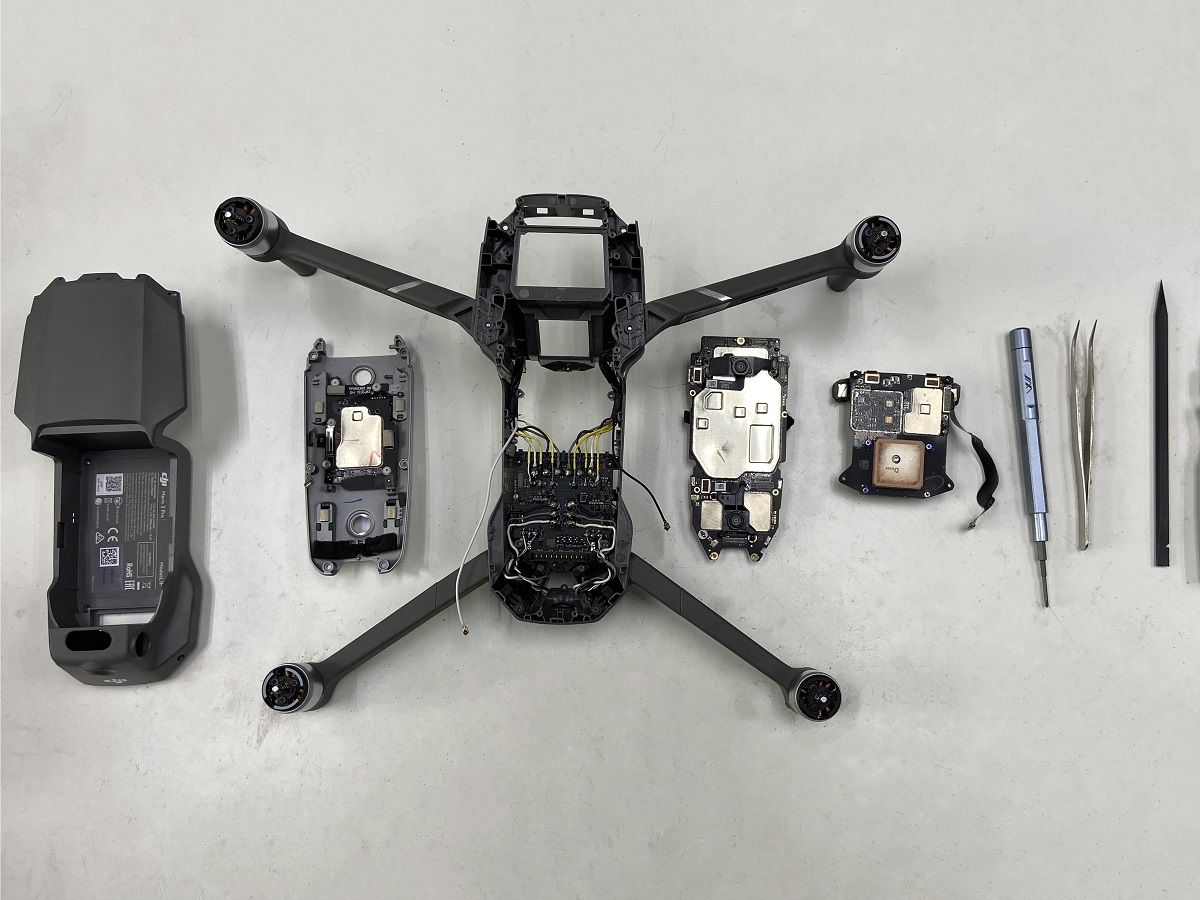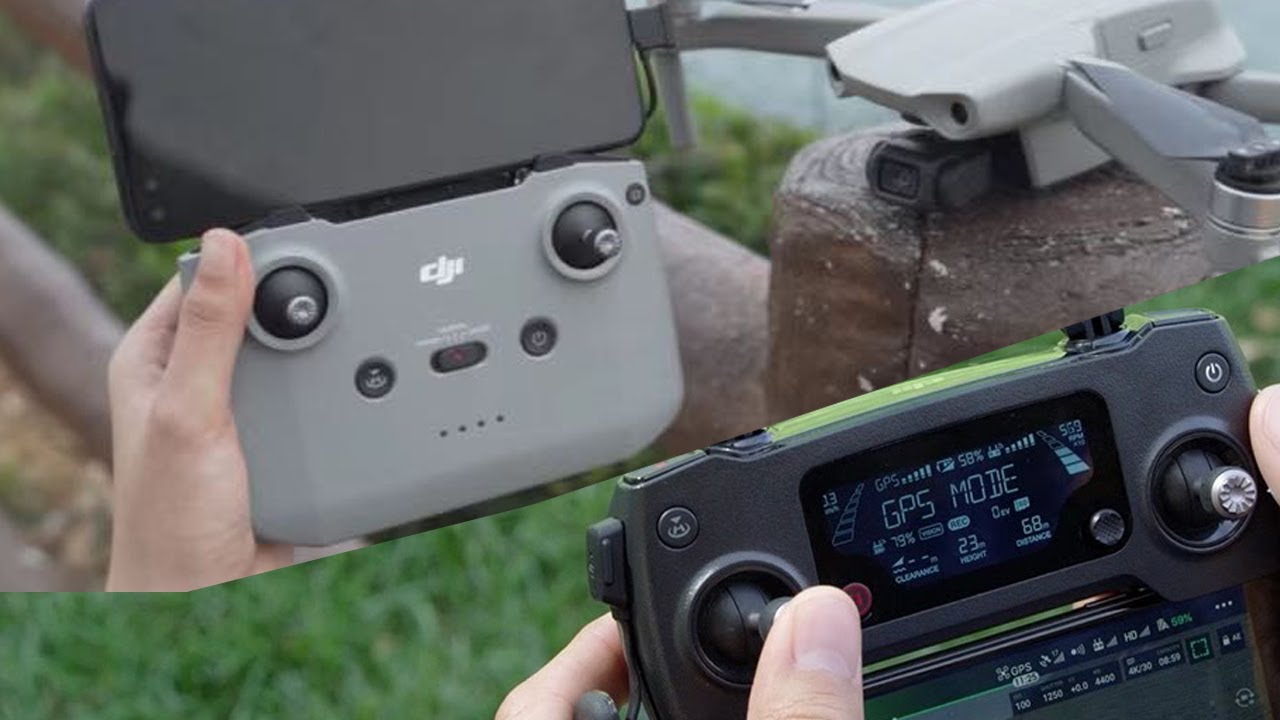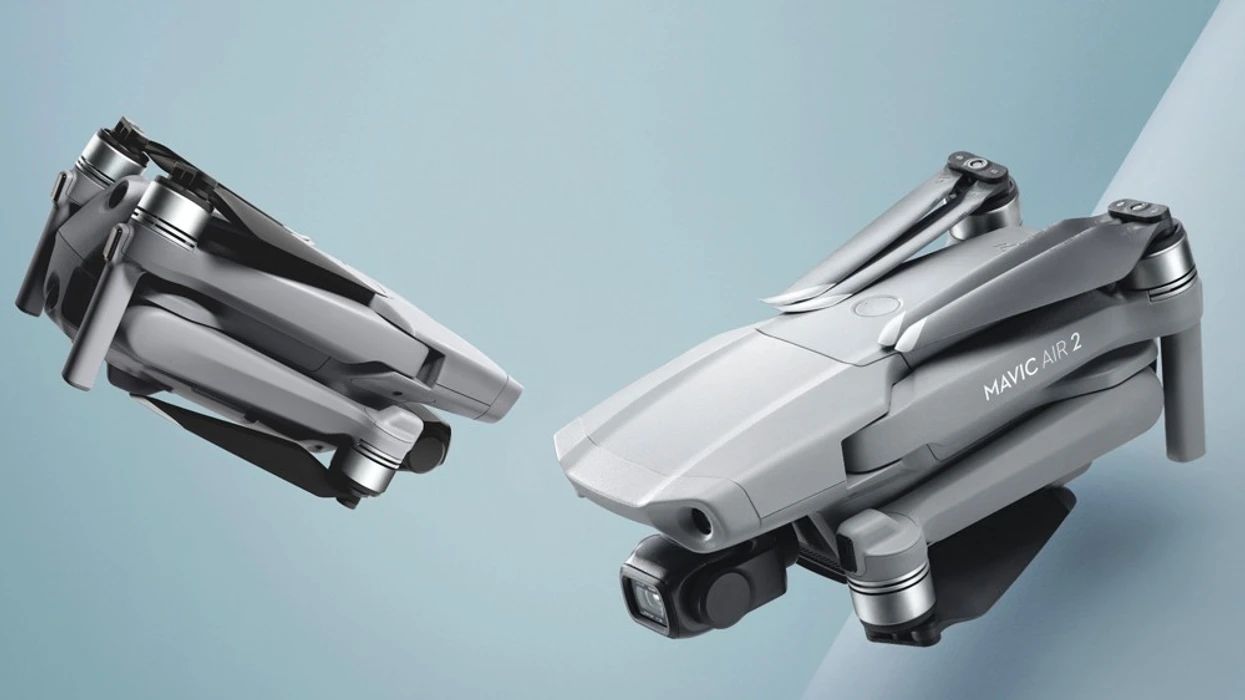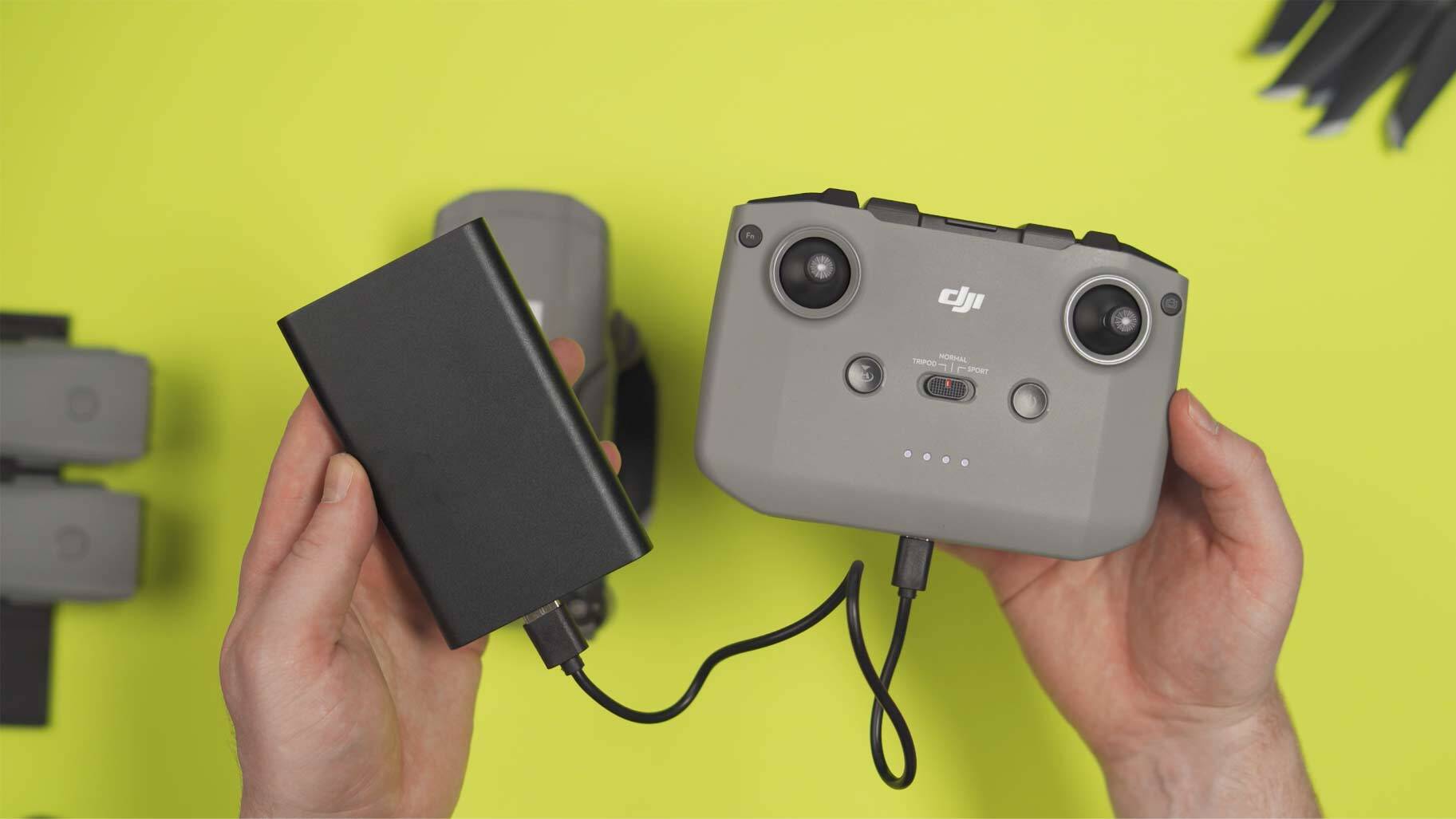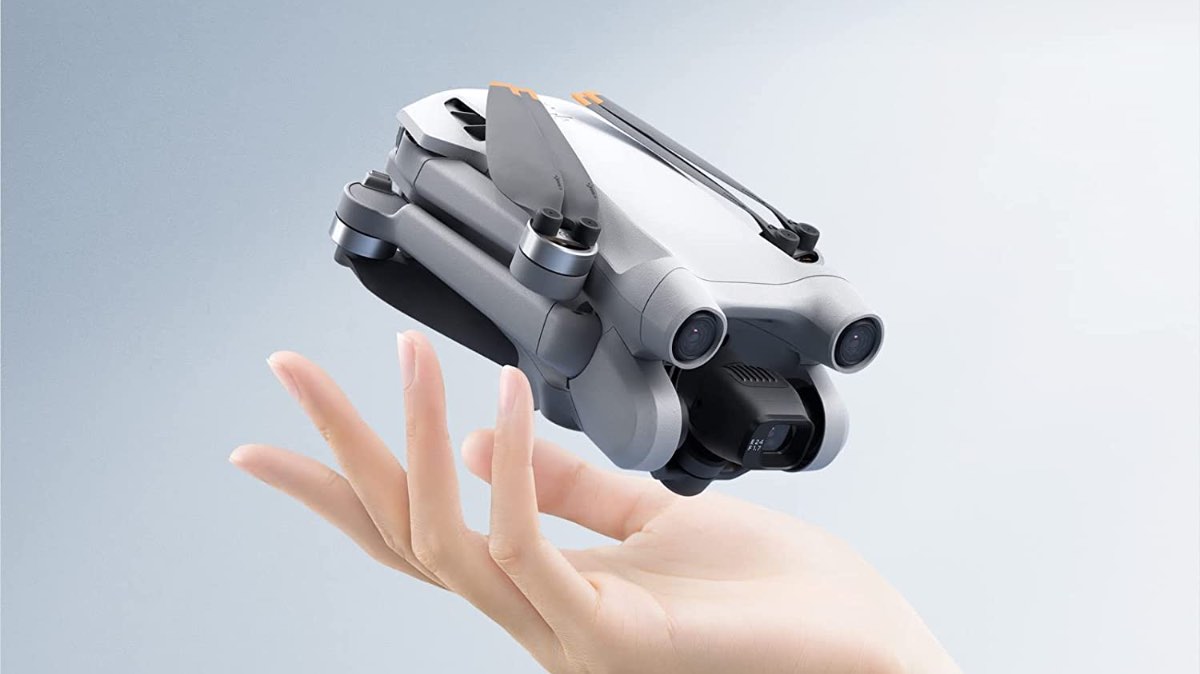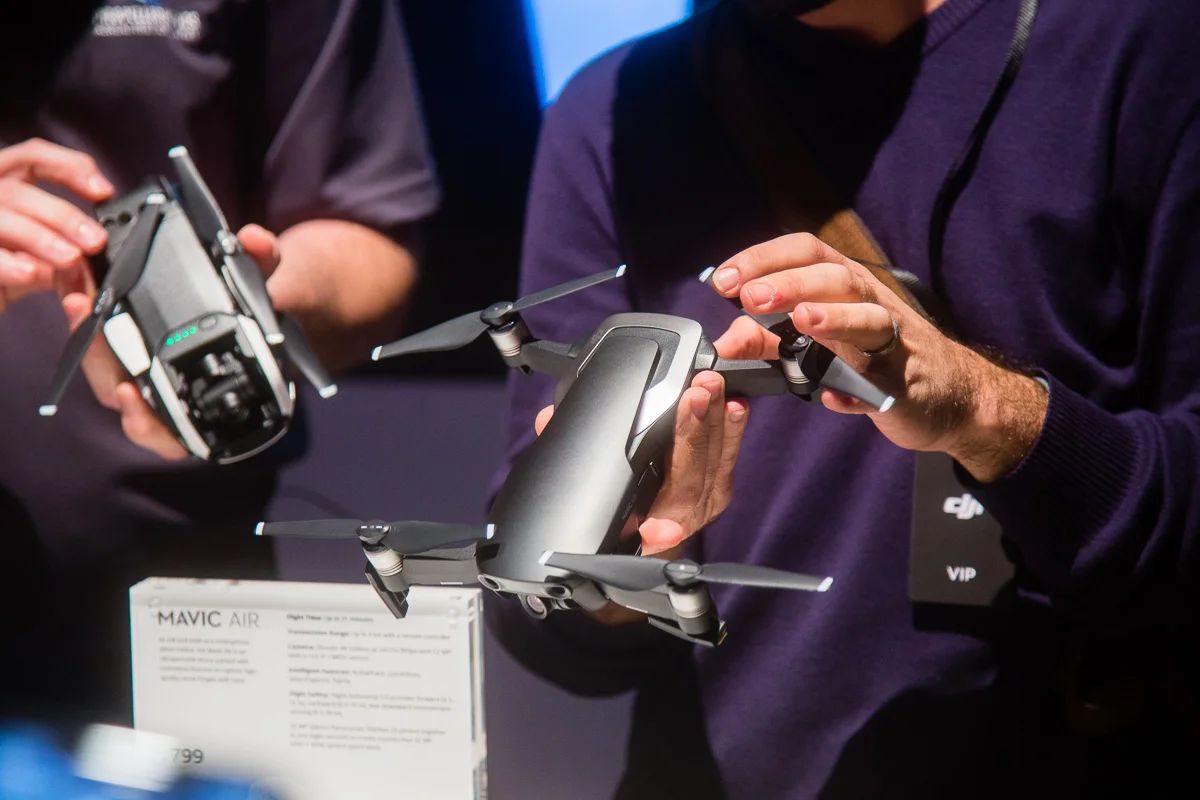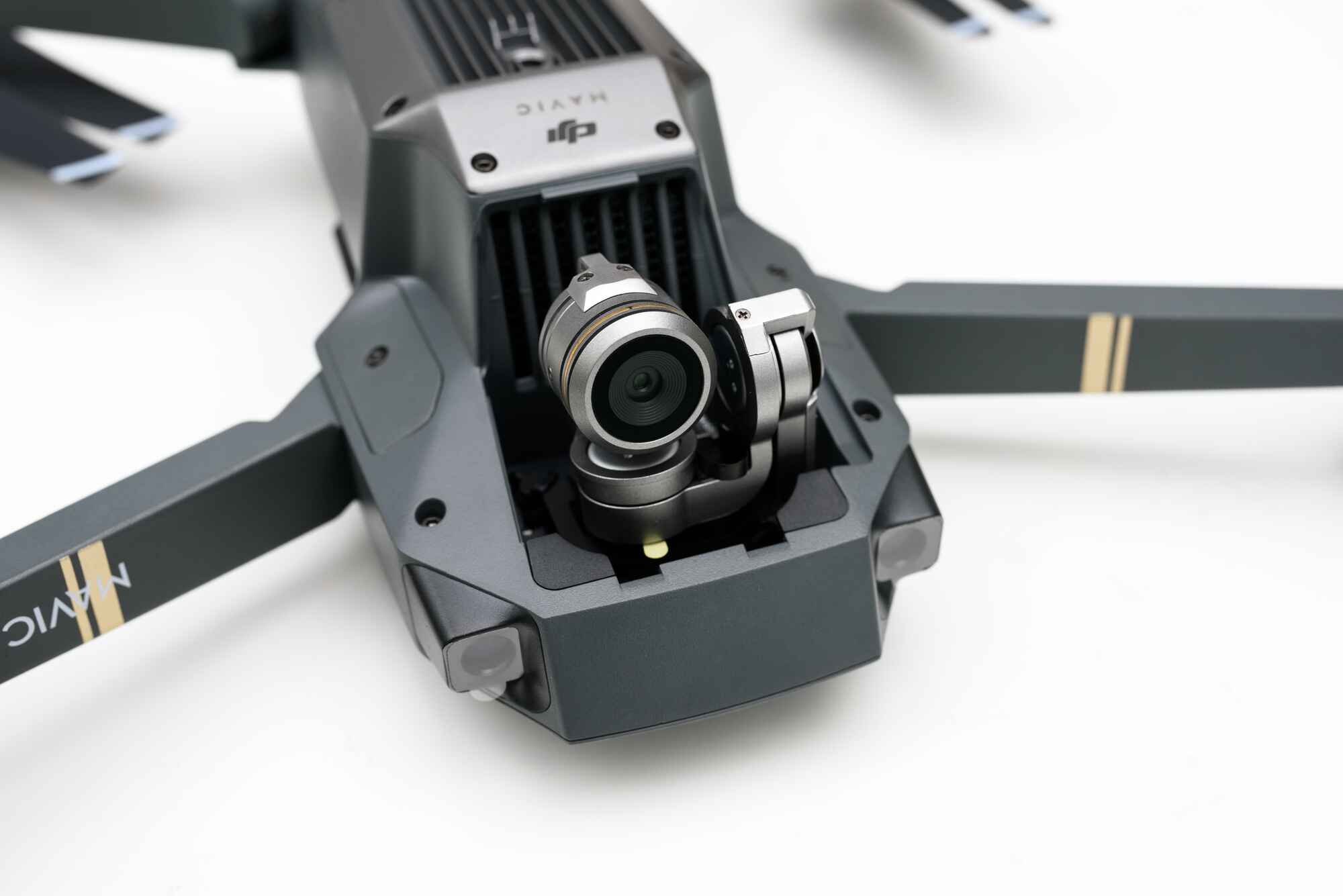Finding an Authorized DJI Repair Center
If you find that your DJI drone is malfunctioning or has been damaged, it’s crucial to have it repaired by a trusted professional. Luckily, DJI has a network of authorized repair centers that are equipped to handle all types of issues with their products.
To locate an authorized DJI repair center near you, the first step is to visit the official DJI website. They have a dedicated support section where you can access a comprehensive list of service centers worldwide. Simply enter your location or select your country from the dropdown menu to find the nearest repair center in your area.
When choosing a repair center, it’s essential to ensure that they are authorized by DJI. Authorized repair centers have technicians who have undergone specialized training and have access to genuine DJI parts. This ensures that your drone will be repaired to the highest standards, maintaining its functionality and performance.
Once you have identified a few authorized repair centers, it’s worth doing some additional research. Consider reading customer reviews and testimonials to get an idea of the quality of service provided by the repair centers. Look for centers that have a positive reputation for their promptness, professionalism, and technical expertise.
Furthermore, it’s important to inquire about the estimated repair time and cost. While turnaround time will vary depending on the severity of the issue and the availability of parts, a reputable repair center should be able to provide you with a reasonable estimate. Additionally, ask about any warranty or guarantee offered on the repairs.
Lastly, don’t forget to inquire about the required documentation and procedures for sending your drone in for repair. Many repair centers have specific instructions for packaging and shipping to ensure the safe arrival of your drone. Following their guidelines will help expedite the repair process and minimize any potential delay.
By choosing an authorized DJI repair center, you can have peace of mind knowing that your drone is in the hands of professionals who are well-versed in DJI products. They have the expertise and access to genuine parts needed to efficiently repair your drone, helping you get back in the skies as soon as possible.
DJI Online Support for Troubleshooting
Before taking your DJI drone to a repair center, it’s worth exploring the extensive online support resources provided by DJI. The company offers a comprehensive range of troubleshooting guides and resources that can help you identify and resolve common issues without the need for professional assistance.
The first place to visit is the official DJI website, where you’ll find a dedicated support section. Here, you’ll find a wealth of information, including user manuals, tutorials, and frequently asked questions (FAQs). These resources provide step-by-step instructions, diagrams, and troubleshooting tips to help you address specific problems you may encounter with your drone.
In addition to the written guides, DJI also provides video tutorials on their website and official YouTube channel. These videos demonstrate various troubleshooting techniques and provide valuable visual guidance for diagnosing and fixing issues with your drone. Watching these tutorials can often lead to quick and effective solutions.
If you can’t find the answer to your problem in the written guides or videos, don’t worry. DJI has a dedicated customer support team accessible through their website. You can reach out to them via email, live chat, or phone to seek assistance with your specific issue. Their knowledgeable technicians can guide you through the troubleshooting process and offer personalized solutions.
Another valuable resource is the DJI community forum, where drone enthusiasts and experts gather to share their experiences and knowledge. This forum is a hub for discussions, problem-solving, and exchanging tips and tricks. Browsing the forum can often lead to discovering solutions for common issues, even ones you might not have encountered yet.
In some cases, DJI may release firmware updates or software patches to address known issues or improve the overall performance of their drones. It’s important to regularly check for such updates on the DJI website or within the DJI app for your specific drone model. Installing these updates can sometimes fix bugs or glitches that may be causing the problems you’re experiencing.
Remember, exploring DJI’s online support resources can save you time and money, as you may be able to fix the issue yourself without the need for professional repairs. However, if you’re unable to resolve the problem using these resources, it’s advisable to seek help from an authorized DJI repair center for further assistance.
Common Issues and Possible DIY Fixes
As a DJI drone owner, you may encounter a few common issues during your flying adventures. While some problems may require professional assistance, there are several DIY fixes you can try before resorting to repair services. Here are some common issues and possible solutions:
- Drone not powering on: If your drone is not turning on, check the battery to ensure it’s properly inserted and charged. Try a different battery if available. If the issue persists, inspect the battery compartment for any debris or damage that may be causing a poor connection.
- Connection problems: If you’re experiencing connectivity issues between the drone and the remote controller, ensure the controller is powered on and within range. Check for any obstacles that may be blocking the signal. Also, make sure the drone’s firmware and remote controller software are up to date.
- Poor video quality: Blurry or pixelated video footage can often be improved by adjusting the camera settings. Make sure the camera lens is clean and free from smudges. Experiment with different resolutions and frame rates to find the best setting for your needs.
- GPS signal loss: If your drone is experiencing frequent GPS signal loss, try calibrating the compass and ensuring you’re flying in an open area away from magnetic interference. Avoid flying near tall structures or dense areas with a high concentration of wireless signals.
- Propeller issues: Damaged or misaligned propellers can cause flight instability or unexpected behavior. Inspect the propellers for any signs of damage and replace them if necessary. Always ensure the propellers are securely attached before takeoff.
- Overheating: Drones can overheat, especially during prolonged flights or in hot weather conditions. Allow the drone to cool down before continuing your flight. Fly in open areas with good airflow and avoid flying in direct sunlight for extended periods.
These are just a few examples of common issues you may encounter with your DJI drone. It’s important to consult the user manual or DJI online resources for specific troubleshooting steps tailored to your drone model. Remember to exercise caution when attempting DIY fixes, and if you’re unsure or uncomfortable, it’s always best to seek professional assistance.
Understanding DJI Care and Warranty Options
When purchasing a DJI drone, it’s essential to understand the available care and warranty options to ensure the protection and longevity of your investment. DJI offers various plans to provide peace of mind and coverage for your drone. Let’s explore the key options:
1. DJI Care Refresh: DJI Care Refresh is an insurance plan that provides comprehensive coverage for accidental damage to your drone. This plan offers up to two replacement units within the coverage period, allowing you to replace your damaged drone at a significantly reduced price. DJI Care Refresh also covers water damage and covers the cost of repair for certain components. It is important to note that DJI Care Refresh has specific terms and conditions, so it is advisable to read and understand them thoroughly before purchasing.
2. DJI Care Refresh+: DJI Care Refresh+ is an extended warranty plan that provides all the benefits of DJI Care Refresh while extending the coverage period. With DJI Care Refresh+, you can prolong your drone’s coverage for an additional year, providing an extra layer of protection for your investment.
3. Standard Warranty: Every DJI drone comes with a standard manufacturer’s warranty, which typically covers manufacturing defects and faults. The terms and duration of the standard warranty may vary depending on the specific drone model. It’s important to familiarize yourself with the warranty terms to understand what is and isn’t covered.
4. DJI Repair Service: In addition to the aforementioned care options, DJI also provides repair services for drones that are no longer covered by warranty or care plans. Through their authorized repair centers, DJI offers professional repair services using genuine parts to ensure your drone is restored to its optimal condition.
5. DJI Enterprise Shield: For commercial and enterprise drone users, DJI offers the Enterprise Shield plan. This plan provides coverage and support for high-end drones used in professional applications, ensuring minimal downtime and prioritized technical support.
When considering which care or warranty option to choose, assess your needs and flying habits. If you often fly in challenging environments or are concerned about accidental damage, DJI Care Refresh or DJI Care Refresh+ can provide valuable coverage. If you’re a professional drone user, the DJI Enterprise Shield may be more suitable for your needs.
It’s important to note that care and warranty plans are typically available for a limited time after purchasing your drone. Therefore, it’s advisable to decide on a plan and make the necessary purchase within the designated timeframe to ensure uninterrupted coverage.
By understanding and choosing the right care and warranty options, you can safeguard your DJI drone against unexpected issues and accidents, ensuring many enjoyable and worry-free flights.
Third-Party Repair Services
While DJI provides authorized repair centers for their drones, there are also third-party repair services that offer assistance for DJI drone owners. These independent companies specialize in drone repairs and may provide an alternative option for those who prefer not to rely solely on the official repair centers. Let’s explore the benefits and considerations of utilizing third-party repair services:
1. Cost: One of the main advantages of opting for a third-party repair service is the potential cost savings. In some cases, the cost of repairs from third-party providers may be lower compared to the official DJI repair centers. However, it’s important to research and compare prices to ensure you are getting a fair and competitive rate.
2. Accessibility: Third-party repair services may be more accessible geographically, especially if you are located in an area with limited or no authorized DJI repair centers nearby. This can save you time and effort in shipping your drone for repairs and waiting for it to be returned.
3. Specialized expertise: Just like authorized repair centers, reputable third-party repair services often have technicians with specialized knowledge and expertise in repairing DJI drones. They may have extensive experience working with various DJI drone models and can troubleshoot and fix a wide range of issues.
4. Quick turnaround time: Some third-party repair services pride themselves on providing fast turnaround times for repairs. This can be advantageous if you are in urgent need of your drone and want it back in operation as quickly as possible.
5. Warranty considerations: It’s important to note that using a third-party repair service may void any remaining warranty you have with DJI. DJI typically requires repairs to be done through their authorized channels to maintain the warranty. If your drone is still under warranty, weigh the benefits of cost savings from third-party repair services against the potential loss of warranty coverage.
6. Research and reputation: When considering a third-party repair service, it’s crucial to do thorough research and evaluate the reputation and credibility of the company. Read reviews, check customer testimonials, and ensure that the service provider has a track record of delivering high-quality repairs and customer satisfaction.
It’s worth noting that third-party repair services may not have access to genuine DJI parts. While they might be able to repair certain issues, it’s essential to inquire about the quality of replacement parts they use. Using non-genuine parts may affect the performance and reliability of your drone in the long run.
Ultimately, the decision to use a third-party repair service depends on your individual circumstances and preferences. If the cost savings, accessibility, and expertise offered by a third-party provider outweigh the concerns about warranty and genuine parts, it may be a viable option for getting your DJI drone repaired.
Important Considerations Before Sending Your Drone for Repair
Before sending your DJI drone for repair, there are several important considerations to keep in mind. These considerations will help ensure a smooth and successful repair process, as well as protect your drone and minimize any potential complications. Here are some key factors to consider:
1. Backup your data: Before sending your drone for repair, back up any important data, such as flight logs or captured footage. This will protect your data in case it is inadvertently erased during the repair process.
2. Remove accessories: Unless instructed otherwise by the repair center, remove any accessories or attachments from your drone before sending it in for repair. This includes propellers, filters, or any aftermarket modifications you may have added. This will help streamline the repair process and avoid any potential damage to the accessories.
3. Securely package your drone: Properly package your drone to ensure it’s protected during transit. Use a sturdy box with adequate cushioning material to minimize the risk of damage. Follow any specific packaging instructions provided by the repair center to ensure your drone arrives safely.
4. Include all necessary documentation: Include any required documentation, such as proof of purchase or warranty information, when sending your drone for repair. This will help expedite the repair process and ensure that your warranty or care coverage is correctly applied.
5. Provide a detailed description of the issue: When submitting your repair request, provide a clear and detailed description of the issue you’re experiencing with your drone. Include any relevant details or observations that may assist the technicians in diagnosing and resolving the problem.
6. Consider insured shipping: Insured shipping is recommended when sending your drone for repair. This provides coverage in case of loss or damage during transit. Check with your shipping provider for insurance options and ensure the package is adequately insured to protect your drone’s value.
7. Communication and tracking: Maintain regular communication with the repair center throughout the process. Keep track of important information, such as the repair status, tracking numbers, and expected delivery dates. This will help you stay informed and ensure a smooth repair experience.
8. Understand repair costs and timelines: Inquire about the estimated repair costs and timelines before sending your drone for repair. This will help you plan and manage expectations. However, keep in mind that unforeseen issues or parts availability may affect the actual repair time.
9. Be patient and follow up: Repair processes can sometimes take longer than anticipated. Patience is key during this time. However, if you feel that there is a significant delay or any concerns arise, don’t hesitate to follow up with the repair center for updates and clarification.
By considering these important factors before sending your drone for repair, you can ensure a successful repair process and minimize any potential complications or delays. Taking the necessary precautions and following the guidelines provided by the repair center will help safeguard your drone and maximize its chances of being restored to optimal condition.
Tips for Preventing Future Damage
Preventing damage to your DJI drone is essential for its longevity and optimal performance. By taking proactive measures, you can minimize the risk of accidents and ensure the safe operation of your drone. Here are some valuable tips for preventing future damage:
1. Read and understand the user manual: Familiarize yourself with the user manual provided by DJI. It contains important information about the proper operation, maintenance, and safety guidelines for your specific drone model. Understanding these guidelines will help you fly your drone safely and reduce the risk of damage.
2. Perform regular maintenance: Take time to perform regular maintenance tasks on your drone. This includes inspecting the propellers, cleaning the camera lens, and checking for any loose screws or parts. Regular maintenance helps identify potential issues early on and ensures the continued smooth operation of your drone.
3. Fly in safe environments: Choose appropriate locations for flying your drone. Avoid areas with dense populations, restricted airspace, or potential hazards. Fly in open areas away from tall buildings, trees, and power lines to minimize the risk of collisions and damage to your drone.
4. Fly in favorable weather conditions: Be mindful of weather conditions before flying your drone. Avoid flying in strong winds, rain, or other adverse weather conditions that can pose a risk to your drone’s stability and performance. Extreme temperatures can also affect the battery life and overall operation of your drone.
5. Calibrate the compass and GPS: It’s important to calibrate the compass and GPS of your drone before each flight. This helps ensure accurate positioning and navigation, reducing the chances of losing control or experiencing GPS-related issues that could lead to damage.
6. Make use of flight modes and safety features: Take advantage of the pre-programmed flight modes and safety features offered by DJI drones. Features like obstacle avoidance, return-to-home, and intelligent flight modes can help prevent collisions and enhance the overall safety of your drone.
7. Practice safe landing and takeoff: Practice proper landing and takeoff techniques to avoid damaging the landing gear and propellers. Ensure that the landing surface is clear of debris or obstacles that could interfere with a smooth landing or takeoff.
8. Keep spare parts and accessories: Stock up on spare propellers, batteries, and other essential accessories. Having extra parts available can reduce downtime in case of a damaged or malfunctioning component. Ensure that the spare parts are genuine and compatible with your specific drone model.
9. Stay up to date with firmware updates: Regularly check for firmware updates for your drone model and install them as soon as they are released. Firmware updates often include bug fixes, improvements, and new features that can enhance the performance and reliability of your drone.
10. Continuous learning and practice: Lastly, invest time in learning and practicing your drone piloting skills. Attend training sessions, join drone communities, and practice flying in open areas to improve your maneuvering abilities and reduce the chances of accidents.
By implementing these tips, you can ensure the longevity and proper functioning of your DJI drone. Taking preventive measures and practicing responsible flying will not only protect your investment but also promote a safe and enjoyable drone flying experience.
Staying Informed: DJI News and Announcements
To stay updated on the latest developments, firmware updates, new products, and important announcements from DJI, it’s essential to stay connected with their news and information channels. Here are some valuable sources to stay informed:
1. DJI Official Website: The DJI official website is a primary source for news and announcements. Visit their website and navigate to the News or Blog section to find the latest updates from DJI. Here, you’ll find articles, press releases, and product announcements that provide valuable insights into the company’s activities and upcoming releases.
2. DJI Social Media Accounts: Follow DJI on social media platforms such as Facebook, Twitter, Instagram, and YouTube. DJI regularly shares news, product releases, tutorials, and important updates through their social media channels. By following these accounts, you’ll be among the first to know about any new developments or announcements from DJI.
3. DJI Forums and Community: The DJI online community forums are a great place to connect with other drone enthusiasts and stay informed. Join the DJI forum and participate in discussions to learn from experienced users and receive updates on new features, tips, and tricks. The community often shares insights and experiences that can help you make the most of your DJI drone.
4. DJI Newsletters and Emails: Subscribe to the DJI newsletter or sign up for email updates. By providing your email address, you’ll receive regular newsletters with news, product updates, and exclusive offers directly in your inbox. This ensures that you won’t miss any important announcements or opportunities from DJI.
5. Third-Party Drone News Websites: Keep an eye on reputable third-party drone news websites and blogs. These websites often cover DJI news, product reviews, and industry insights. They can provide a comprehensive view of the latest happenings in the drone world, including DJI-related updates.
6. Attend DJI Events and Workshops: Stay informed about DJI events, workshops, and trade shows in your area. DJI often hosts events to showcase new products, provide hands-on demonstrations, and engage with their community. Attending these events allows you to stay up to date with the latest DJI innovations and connect with other drone enthusiasts.
7. DJI App and Software: Keep your DJI app and software up to date. The DJI app often provides important notifications and alerts regarding firmware updates, new features, and safety information. Regularly check for app updates and ensure that you have the latest version installed to stay informed.
By utilizing these channels, you can stay well-informed and up to date on the latest news, product releases, and important announcements from DJI. Being aware of new features, firmware updates, and industry trends will help you make the most of your DJI drone and stay ahead in the ever-evolving world of aerial photography and videography.







